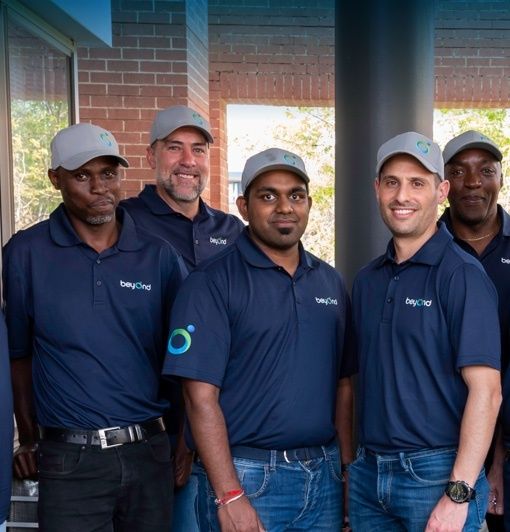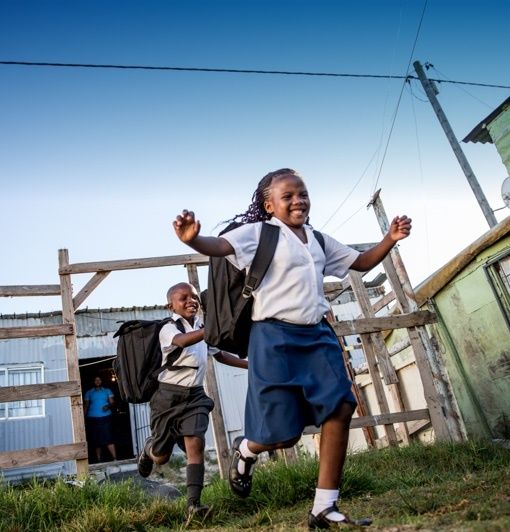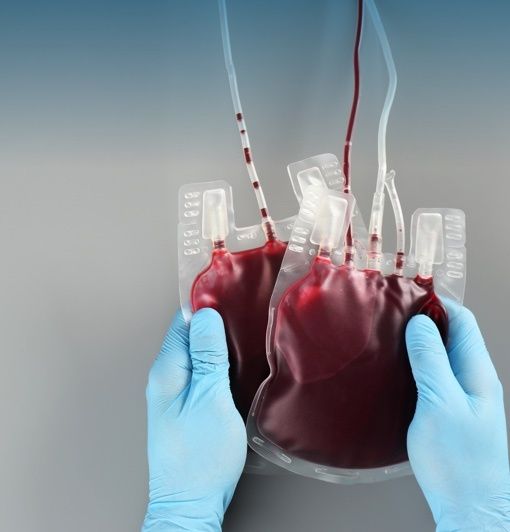
Beyond Saving Lives in Remote Communities
Access to reliable and safe blood is the difference between life and death. Emergency trauma facilities must have bloodstocks for doctors to save lives. Without blood, patients with severe injuries from motor vehicle accidents, gunshot wounds, knife wounds, and even mothers bleeding after childbirth will likely die.
Ian Lester, CEO at Beyond, says people who live in remote and rural communities are often at the highest risk. "If someone needs blood, they need it now – the enemy is distance and time."
Young Mothers Shouldn't Die!
A disproportionately high number of young women succumbs each year due to postpartum hemorrhaging.
"The impact of these untimely deaths extends far beyond the initial tragedy: Children are orphaned and often forced to fend for themselves. They grow up hungry, unlikely to get an education, and ultimately they're doomed to continue to the cycle of poverty. Technology can help solve the problem," says Lester.
According to the World Health Organization, nearly 100,000 new mothers perish from profuse bleeding after childbirth each year. Because of this, the South African National Blood Service (SANBS) has deployed emergency blood bank fridges into remote areas to ensure that a small but adequate amount of bloodstock is closer to the point of need, ultimately saving a life.
Blood must be stored within a narrow temperature band of 1 and 6 degrees Celsius. If the blood goes outside of this narrow temperature range for too long, it will be adversely affected, making it unsafe for use and, therefore, necessitating that it be discarded.
All fridges, regardless of their location and the volume of product they hold, need to be monitored and maintained. Because of their remote location, the cost of maintaining and servicing these emergency blood bank fridges is disproportionately high when compared to fridges in urban areas.
Previously, blood bank fridges relied on conventional thermometers and human beings to monitor the temperature. Temperatures were checked and recorded manually with the inevitable human error and associated risks.
Solving Distance and Time.
For almost two decades, we have been solving the challenges of temperature, distance, time, and human error in the cold chain.
Using our World Health Organisation approved ICE3 Remote Temperature Monitoring and Control Device, we overcome distance and time challenges by enabling the SANBS to monitor and control their emergency blood bank fridges remotely.
Using the local cellular network, the ICE3 remotely monitors each emergency blood bank fridge's temperature, power, and door status.
Alarm parameters are configured remotely via our secure username and password protected ColdCloud Portal. Should the temperature deviate outside the ideal 1-6 degrees Celsius temperature range for too long, or if the power fails or if the door is left open, the device automatically sends alerts to the responsible people via SMS, email, and via our ColdCloud™ app.
Each fridge's temperature is also remotely configurable via the ColdCloud™ portal, allowing authorized technicians to adjust the setpoint, dead-band, minimum compressor on-time, and minimum compressor off time.
"The technology is a resource-multiplier, meaning fewer technicians can cover more ground in less time - saving time, effort, and money and ultimately saving lives." - Jonathan Louw (CEO of SANBS)
ColdCloud™ is used by numerous NGOs, Ministries of Health, and large and small businesses alike in over 70 countries. The software is entirely web-based, while the hardware is easy to install and extremely robust, making it the ideal solution for even the most remote regions.
Featured content
© 2025 Beyond PTY Ltd.




